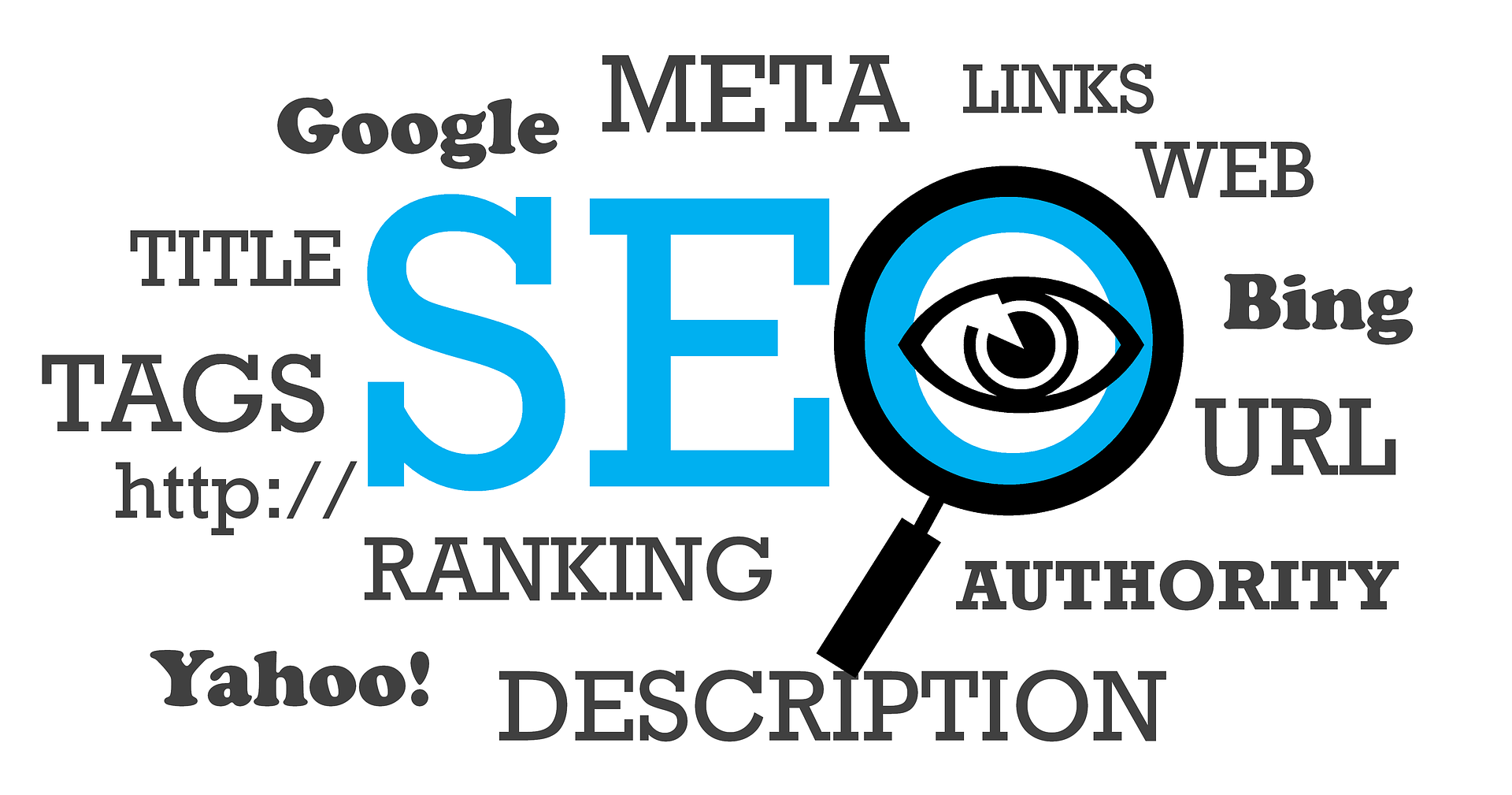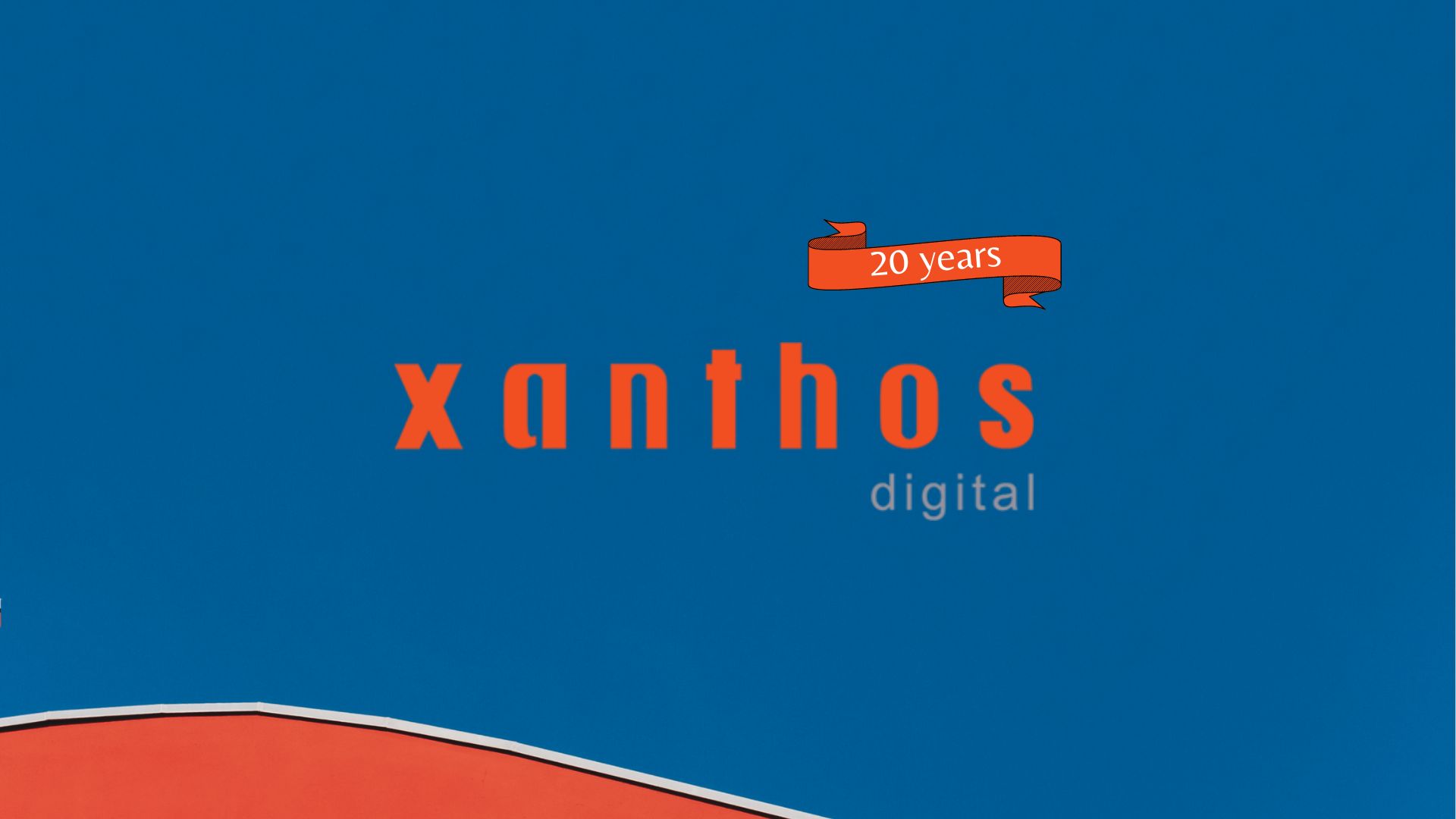In just 5 years, iBeacon and Bluetooth Low Energy Devices are expected to reach 60 million devices, so what does this mean for the world of Digital Marketing, Mobile Ecommerce, and Retail stores?
What is iBeacon?
iBeacon is simply Apple’s implementation of wireless technology which utilises Bluetooth Low Energy (BLE), in order to detect and alert devices found within specific locations. The main aim for this technology, is to allow targeted information from advertisers. This beacon technology is built into iOS7, allowing these devices to emit and receive data via BLE. With beacon prices expected to cost around $1 in the future, the price barrier is non-existent, meaning the potential for mass-adoption is huge.
 How does it work?
How does it work?
iBeacons use low energy Bluetooth to connect and transmit information to smartphones within a certain radius. This is much more precise than communicating with satellites, GPS, or WiFi to identify a person’s location, meaning that exact positioning can be ascertained. GPS has been traditionally used for these purposes, but doesn’t tend to work indoors, and can still be inaccurate. Instead of location, iBeacon is more about proximity. iBeacons will work even where phones cannot access WiFi or 3G, without the need for GPS.
Consumers will need to have downloaded an app of some sort to make use of technology, whether directly from a business, or other beacon apps which are sure to become more prevalent over time. These will allow the transmission of data with beacons situated around stores, triggering actions or notifications.
What can Beacon Technology be used for?
With this data transmission between beacon and smartphone, a location can trigger a certain action or notification. For instance, say a customer is browsing for bread in the supermarket; coming into close range with a certain brand or section could trigger a coupon to send to a consumer’s phone. This could be utilised by the supermarket, or the food brand itself, offering incentives for customers to opt for a certain product.
Aside from offers and coupons, beacons could be used for customer check-ins, perhaps in restaurants or bars, alongside future potential in mobile wallet transactions. Alongside this, indoor navigation using these beacons could also become the norm, instead of using GPS or other means to find your way around. This could be especially helpful in places like stadiums, festivals, or other large events where GPS isn’t particularly useful.
Essentially, once beacons are adopted by retail stores, consumers need to adopt the accompanying apps; and only time will tell the popularity of these, and which ones become more popular.
Communication with customers will become much easier, with an array of various methods which will no doubt need experimenting with. For instance, when at a store, the relevant app could be accessed easily, like in the image below, with Starbucks being indicated in the bottom left corner of the screen. This is just one example of how beacons can be utilised, without being too intrusive.

Are there non-Apple Beacons?
Although iBeacon is a coined Apple term, the concept of a beacon is not an Apple-only device. These iBeacons will work with Android devices, which make up 84.6% of the global smartphone market. Of course, this still relies on there being a specific Android app having been developed, to interact with the iBeacon signals.
However, Android devices running 4.3 or higher can receive iBeacon advertisements, but cannot emit them. So Android devices currently lack the interactive aspects of iPhones. Although a little behind Apple’s announcement, Android is now a viable option for proximity-aware apps on the system, with a custom SDK.
Datzing has been developed to bring functionality to the Android platform, to compete with Apple’s iOS integration. Datzing will allow Android devices to emit beacon signals in a similar fashion, allowing you to see any devices using WiFi or Bluetooth as a beacon.
Despite the trademark iBeacon, various vendors have created their own hardware to make use of the universally unique identifiers. General Electric are creating LED lights with Bluetooth LE technology, meaning lighting has a second function, ruling out the need to purchase standalone beacons, whilst using 40% less energy. Two birds, one stone.
Vendors include the following companies:
- Swirl – swirl.com
- Beaconic – beaconic.nl
- Estimote – estimote.com
![]()
How will it change Ecommerce?
iBeacons have the potential to merge the way we shop on and offline into one seamless experience.
Additionally, it opens up new forms of marketing, including in-store and near-store marketing. If a customer passes a shop on the street, and is offered a coupon, they may be tempted to come in and browse. In-store marketing is similar, but much more precise, but using different aisles or sections, or even items themselves. The potential is huge, and all it will take is some creative marketers to make the best use of this new technology.
There are many retail stores out there suffering with the rise of Ecommerce, and this technology could save brick and mortar stores, if and when the public adopt iBeacons. Not only this, but it could drive Ecommerce into an even brighter future, especially Mcommerce, introducing more shoppers to purchasing from their mobiles, wherever they are. Discounts or incentives to pay via their Mobile, or using Mobile wallets or online accounts, could encourage more people to adopt mobile payments.
Read our previous post here: Mobile Ecommerce Website Best Practice: The Do’s And Don’ts
A Gallup poll has indicated that 22% of US shoppers have increased their in-store shopping habits due to mobile technology, meaning 81% are shopping the same amount or more often due to mobile device usage. This is an unexpected result, yet it shows that online browsing could be influencing consumers to pick-up or purchase in-store. If this is already the case, then iBeacons are sure to fuel this trend, and could revolutionise the way we shop online and in stores.
What is needed for this to work?
Smartphones or devices which use Bluetooth 4.0 (BLE). This includes, but is not limited to, the following devices:
Apple products running iOS7 or higher:
- iPhone 4s or higher
- iPad (3rd generation) or higher
- iPad mini or higher
- iPod touch (5th generation) or higher
Android:
- 4.3 Software or Higher
- Android L added central and peripheral modes
Who’s using iBeacons already?
Essentially, any proximity-aware apps can be making use of iBeacons, and there are already some high level examples of huge companies making use of this technology.
Unsurprisingly, Apple are keen to promote iBeacon. It’s already rolled out into many of their stores, alerting you to upgrades of your current devices, alongside notifying customers when their order or repair is ready. Alongside this, it’s been reported that Apple’s App Store pushes notifications of relevant apps based on a customer’s location, and so this may be a feature we see get pushed more heavily in the future. Apple are also keen to push integration with iTunes and Passbook, as their own form of a mobile payment service. Passbook allows digital coupon redemption, along with airline boarding passes, and gift cards. Couple this with their iAd advertising platform, and you can see why this is a huge step for Apple in online dominance.

The MLB recently installed over 100 iBeacons across 28 ballparks in the US, to collect special offers, and check-in to the games taking place. Alongside this functionality, the MLB are keen to add extra functionality and interactive features, in order for sports fans to interact at the game itself.
Virgin Atlantic recently made use of iBeacons at Heathrow, alerting flyers to pull out their boarding pass before the necessary point. This is a great idea that doesn’t involve direct advertising, and is an example of how this technology could be used to be genuinely helpful in different environments.
Macy’s has also trialed iBeacons, making use of in-store marketing alerts, integrating the Bluetooth signals with the app Shopkick. This allows consumers to be reminded of products they are interested in, whilst receiving offers about nearby products.
What could inhibit iBeacon’s growth?
Simply put, consumers need to download the apps, and leave their Bluetooth on. This is a big barrier, and it will take time in order for people to feel comfortable with these apps. Consumers will also learn to leave their Bluetooth on if there is enough incentive, in a similar fashion to how we now know to switch on WiFi in relevant locations.
There are many concerns over privacy issues when it comes to beacons, and rightfully so. The online world we now live in means a loss in privacy, and security is a growing concern across the globe. However, these fears do not matter here, as it’s relatively simple to avoid iBeacon alerts. For instance, simply uninstalling (or refraining to install) the relevant apps will mean you avoid annoying notifications. You could also quite simply turn off your Bluetooth, alongside switching your Location privacy settings in the menus.
Read our previous post here: 6 Ways To Stop Ecommerce Shopping Cart Abandonment
Allowing this level of privacy and control is an important part of ensuring consumer adoption, as forceful advertising will not encourage people to make use of the technology. Consumers still need to manage when and how they interact with brands and stores when on the move, and so incentivising this technology is essential. iBeacons need to stress to customers that payments are secure, and earn both their trust and confidence, before mass market adoption will occur. Touch ID fingerprint scanning is a big plus for Apple, which is on their latest range of iPhones, which means payments cannot be made without bypassing this secure method. Sure, fingerprint scanners can be hacked, but public mentality is that fingerprint scanning is much more secure than 4 numbers. Even if it’s not entirely true.

The developer notes from Apple state that the device has to enter into an iBeacon boundary, move away by a certain distance, and remain that way for at least 20 seconds, before notifications are pushed to consumers. These kind of restrictions and codes of conduct are what need to be ironed out, to ensure consumers aren’t pushed away from iBeacons before it even becomes popular.
As far as Mobile Ecommerce and Mobile Payments go, Retailers will need to opt for this technology, as opposed to traditional Point of Sale methods, in order for it to catch on.
Near Field Communication (NFC) was heralded as the future of mobile payments, but it seems this battle will be a classic technology adoption struggle, à la Betamax vs VHS. With NFC Technology being the biggest comparable competitor to iBeacons, despite their differences, it will be interesting to see how this pans out. NFC still hasn’t caught on, so beacons could succeed where NFC failed. Beacons are more affordable, require less power, and have the added proximity detection.
iBeacons: Are they the Future?
iBeacons are already here, and are slowly growing until mass adoption. But the potential is colossal, and is something many marketers and businesses are excited to exploit. Alongside Wearable Technology such as Google Glass, the iWatch, and inevitable Apple headsets, who knows what the future will hold.
Read our previous post here: Why The Future Of Digital Marketing Is Wearable Tech And Google Glass
For now, beacons don’t know anything about the user; but this is something that could change in the future. This would bring about personalisation, with specific ads for various consumers, meaning less unwanted notifications.
iBeacons could be a huge drive for frictionless Mobile Ecommerce in the future, and can shape how we interact with brick and mortar stores, whilst seamlessly tying in the online shopping world. Here’s hoping it doesn’t meet the same fate of obscurity that the QR code has met. The iBeacon could be the answer to combining retail and e-tail into one family.





